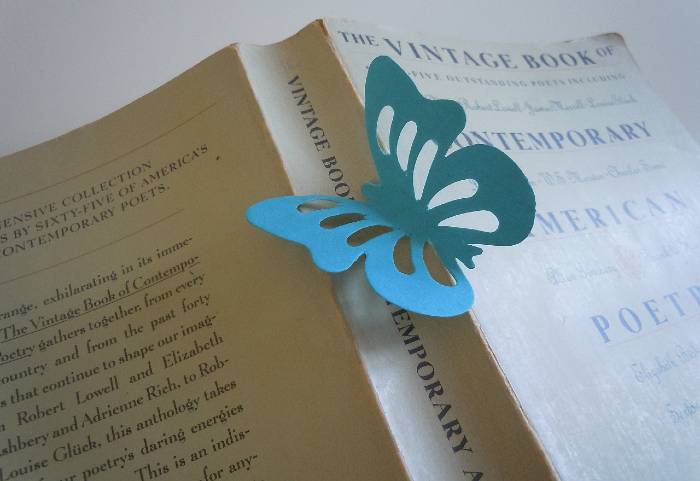- Home
- Arts
- Business
- Politics
- Education
- Technology
- Entertainment
-
More
- Internet
- Mobile
- Real Estate
- Agriculture
- Health And Fitness
- Travel And Tourism
- World News
- Shopping
- Fashion
- Technology
- Books
- Computer
- Economics
- Electronics
- Finance
- History
- Media
- News
- Sports & Games
- Videos
- Automotive
- Wedding
- photography





